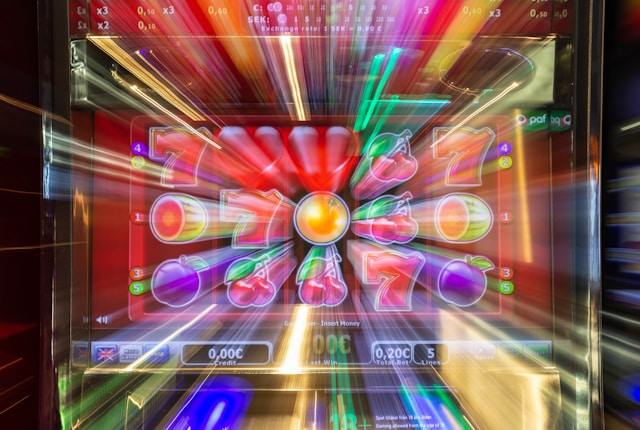The digital transformation of casino entertainment has produced sophisticated software experiences that rival mainstream video games in technical complexity. Behind the spinning reels and flashing symbols lies intricate programming, where animation serves as the bridge between mathematical algorithms and visual storytelling. Modern online slots have evolved far beyond simple mechanical simulations, becoming immersive digital experiences powered by advanced graphics engines and creative animation techniques.
Technical Foundation of Casino Game Animation
At their core, online casino games function as specialized computer programs built on robust gaming frameworks. HTML5 technology has become the industry standard, enabling smooth animations across devices without requiring additional plugins. Game developers employ JavaScript libraries like PixiJS and Phaser to create fluid motion graphics that respond instantly to player interactions while maintaining consistent frame rates even on modest hardware.
The rendering pipeline in these games processes thousands of visual elements simultaneously. Particle systems generate cascading coin effects during wins, while skeletal animation brings character symbols to life through complex bone structures and motion capture data. Each spinning reel operates on independent animation timelines, synchronized through precise mathematical calculations that ensure visual coherence regardless of connection speed or device performance.
Modern slots incorporate multiple animation layers working in concert. Background elements shift subtly to create depth perception, while foreground animations draw attention to important game events. Shader programs add real-time lighting effects, creating metallic gleams on coin symbols or ethereal glows around bonus features. Sound synchronization requires millisecond precision, with audio triggers embedded directly into animation keyframes to ensure perfect alignment between visual and auditory feedback.
Regional Variations and Cultural Adaptations
Animation styles in online casino games vary significantly across different markets, reflecting cultural preferences and regulatory requirements. European platforms tend toward cleaner, minimalist animations that emphasize gameplay mechanics over visual spectacle. Platforms like the Swiss casino Casino777 exemplify this European approach, featuring refined animations that balance visual appeal with functional clarity.
Cultural symbolism influences animation choices profoundly. Dragons in games targeted at Chinese audiences move with specific gestures considered auspicious, while Western-oriented games might animate the same creature differently.
Localization extends to subtle animation details rarely noticed consciously but felt intuitively. The direction of movement, whether left-to-right or right-to-left, aligns with reading patterns in different languages. Celebration animations might feature fireworks in some regions or confetti in others, matching local festivity traditions.
Psychology Behind Movement and Visual Effects
Animation in casino games extends beyond mere decoration, serving crucial psychological functions that shape player engagement. Smooth transitions between game states reduce cognitive load, allowing players to process information without conscious effort. The human brain naturally tracks moving objects, and game designers leverage this instinct through strategic animation placement that guides attention toward important interface elements.
Color theory plays an integral role in 3D animation design. Warm colors like reds and golds typically accompany winning animations, while cooler blues and purples might indicate standard gameplay. Brightness variations and contrast shifts help separate different game phases without requiring explicit text instructions. Animation speed itself communicates urgency or relaxation, with faster movements during bonus rounds creating excitement, while slower animations during regular play promote sustained engagement.
Performance Optimization and Future Technologies
Balancing visual richness with performance requires sophisticated optimization techniques. Developers implement level-of-detail systems that adjust animation complexity based on device capabilities. High-end devices render complete particle effects and complex shaders, while mobile phones might display simplified versions that maintain visual appeal without taxing limited resources.
WebGL 2.0 and emerging WebGPU standards promise even more sophisticated animation possibilities. Real-time ray tracing could bring photorealistic lighting to browser-based casino games, while machine learning algorithms might generate procedural animations that adapt to individual player preferences. Virtual reality integration presents new challenges for animators, requiring full three-dimensional movement systems and comfort-focused design to prevent motion sickness during extended play sessions.

